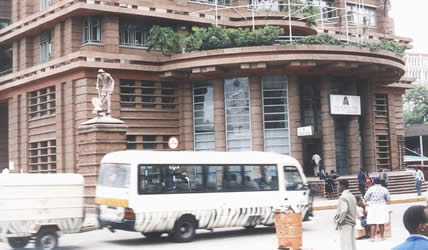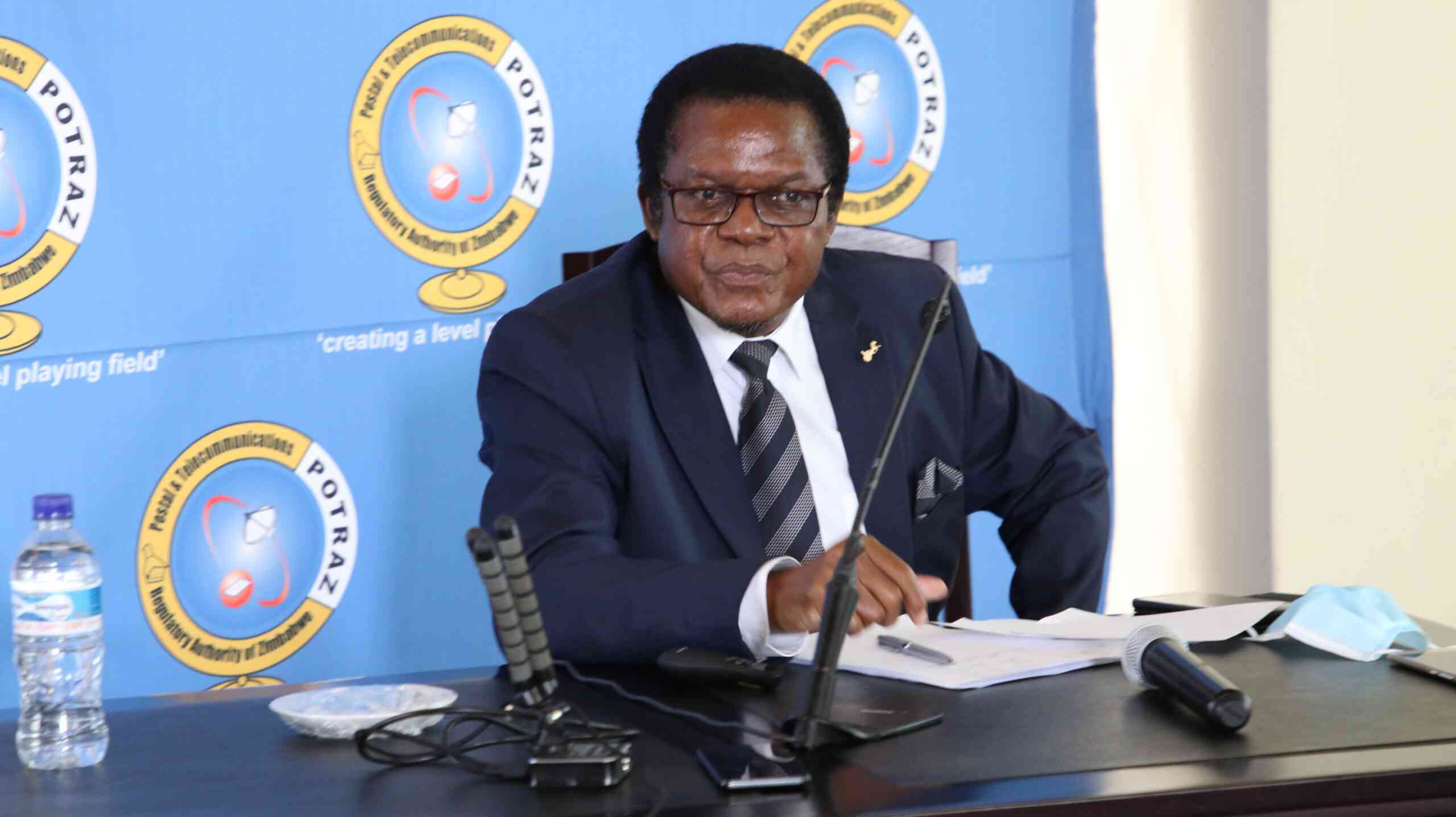Agribank puts hope on Brazilian loan facility

Business Editor
SADDLED with a $1.2 million loss in the first half of the year, the Agricultural Bank of Zimbabwe (Agribank) is eyeing $33 million of the $98 million Brazilian loan facility set for disbursement this month to boost its waning capital reserves.
With the onset of the 2014/15 cropping season beckoning and farmers expecting financing for inputs, Agribank is in an impaired position, unable to fulfil its mandate.
Agribank board chairman Sijabuliso Biyam said in a statement accompanying the institution’s unaudited financial results Saturday the bank was in dire need of recapitalisation in order to fulfill its mandate of financing improved food production as espoused in the government economic blue-print, Zim-Asset.
“Undercapitalisation is affecting funding and liquidity of the bank, resulting in reduced trading and hence reduced revenues,” he said.
Biyam said the 100 percent government owned entity envisaged increased public and private sector investment to breathe life to its operations.
He added: “In this regard, the bank expects to receive the first tranche of $33 million of the $98 million Brazilian mechanisation facility to be disbursed in the third quarter of the year.”
Vice President Joice Mujuru last week announced the country was ready to receive the first tranche of the $98 million from Brazil this month.
She said the funding, agreed between the two countries last year to fund acquisition of agricultural equipment, would be availed for the 2014/15 cropping season and that modalities for its accessibility to farmers were being finalised.
Earlier reports had indicated that farmers would apply for the funds at concessionary rates specifically for acquiring agricultural equipment such as tractors as well as rehabilitation of irrigation schemes.
Meanwhile, loss after tax for the bank dropped to $1.2 million by June 30, 2014 compared to $3.7 million in the same period last year.
Biyam attributed the loss to reduced lending level due to the prevailing liquidity condition and impairment charges.
During the period under review, the bank’s net loans and advances also declined by 4.7 percent to $86.1 million with non-interest income plunging by 4.9 percent from $6.97 million to $6.63 million.
However, net income for the first half increased from $2.9 million last year to $4.03 million in 2014, representing a growth of 36.6 percent.
Biyam said the increase was “due to additional drawdown on the IDCSA second tranche facility”, adding, the “bank also saved on interest expenses as there was a decline in lines of credit and interbank deposits, which attract high costs”.
He said cost containment measures also contributed to the marginal decline of operational costs.
As at June 30, 2014, the bank’s core capital was 11.4 million.
Biyam said while hoping for capitalisation from government, efforts were underway to secure a strategic partner as part of the turnaround approaches.
He said the review of the indigenisation model, efforts to normalise relations with the West and monetary policy interventions by the Reserve Bank of Zimbabwe (RBZ), were set to unlock liquidity potential that will transform the bank’s fortunes.











Comments